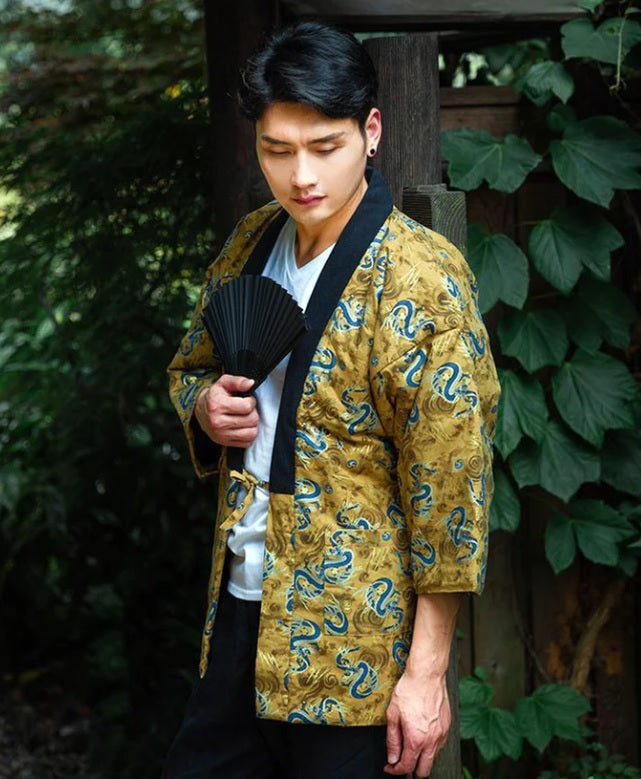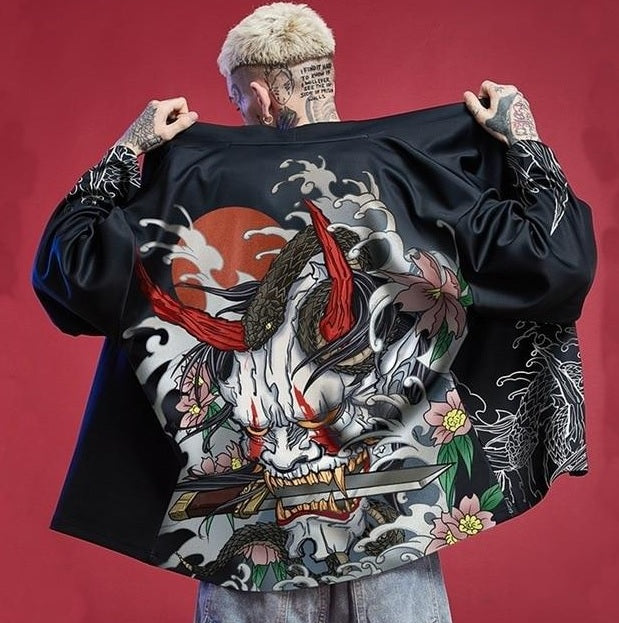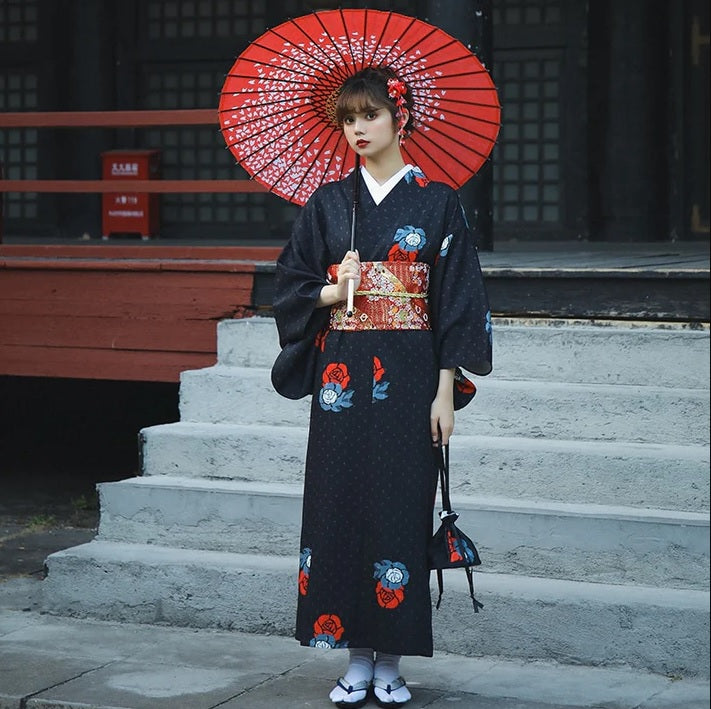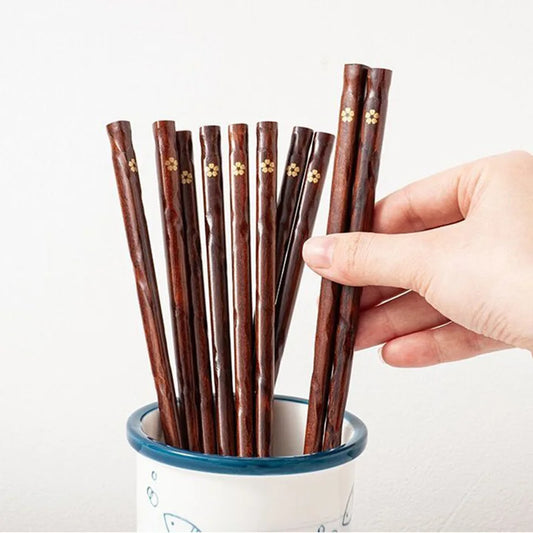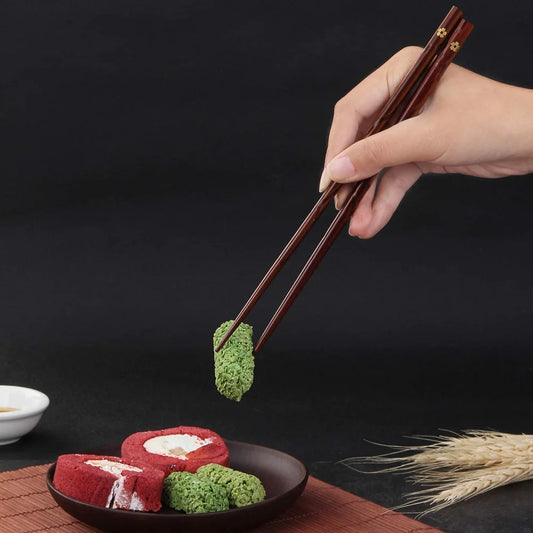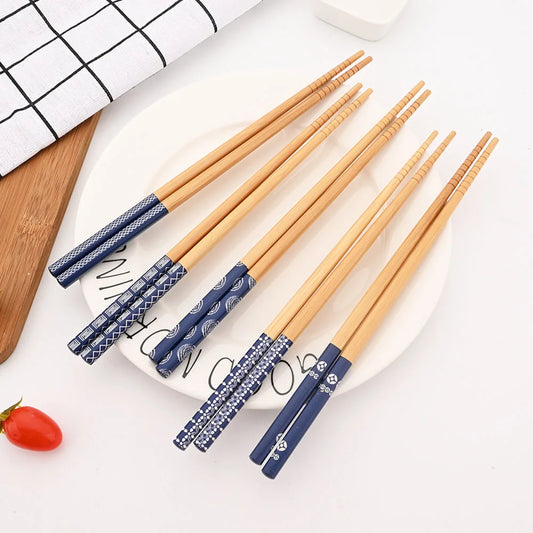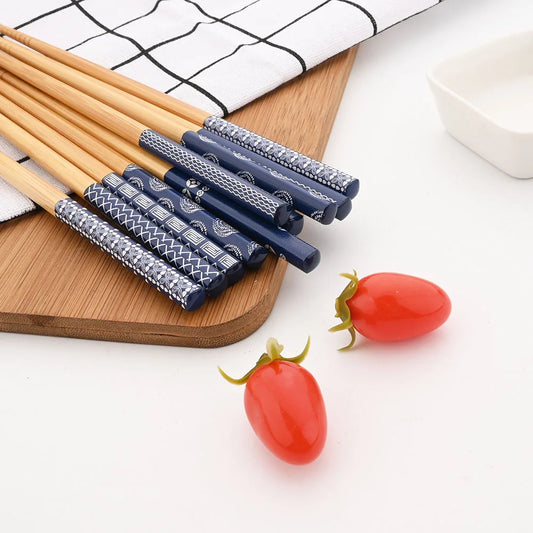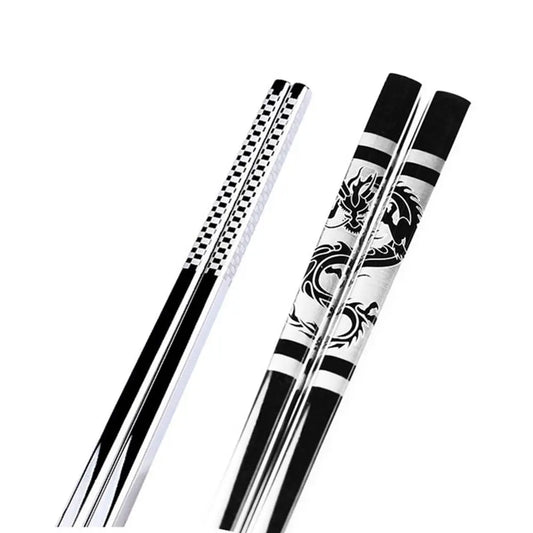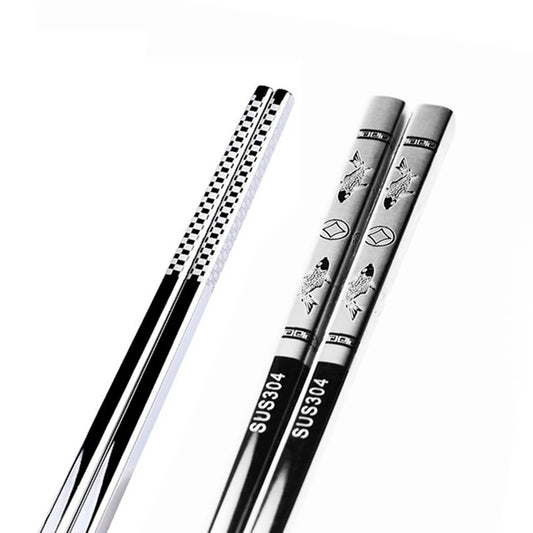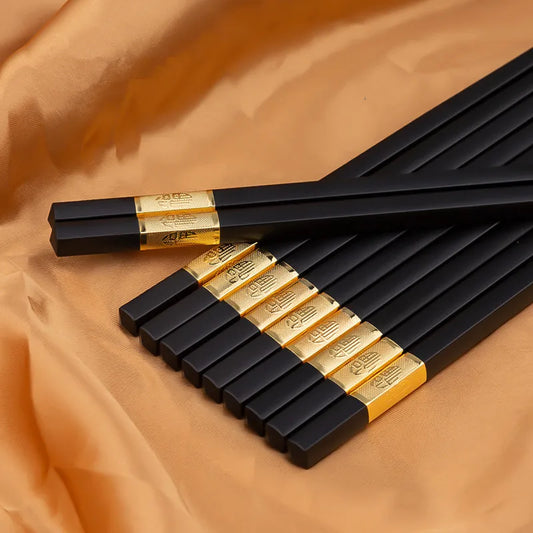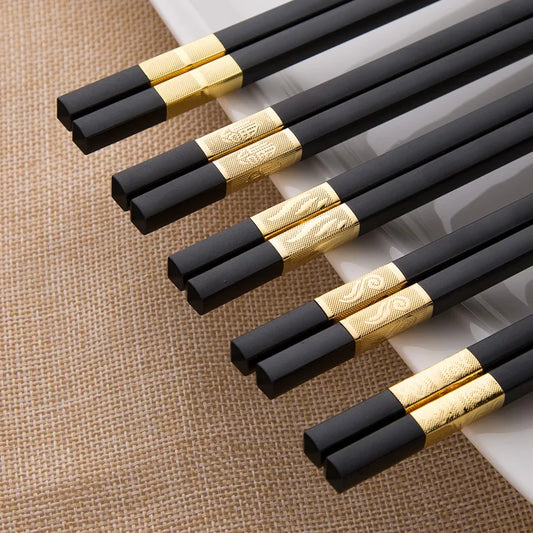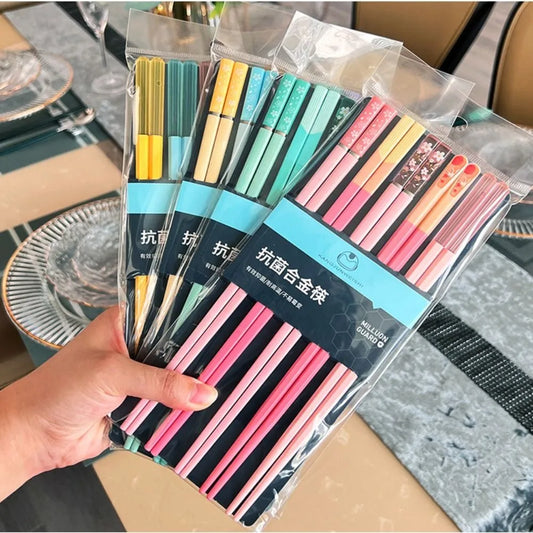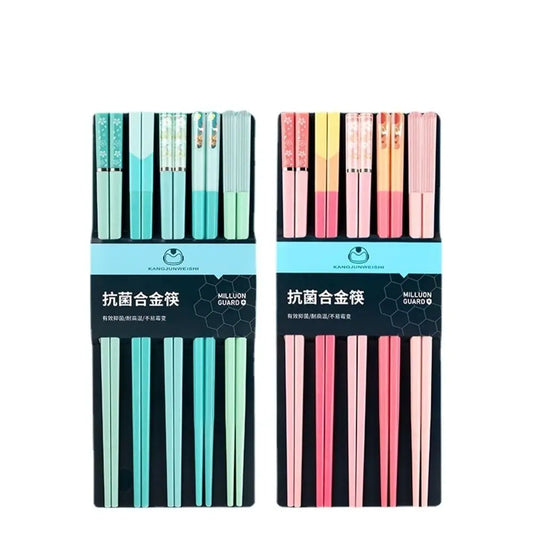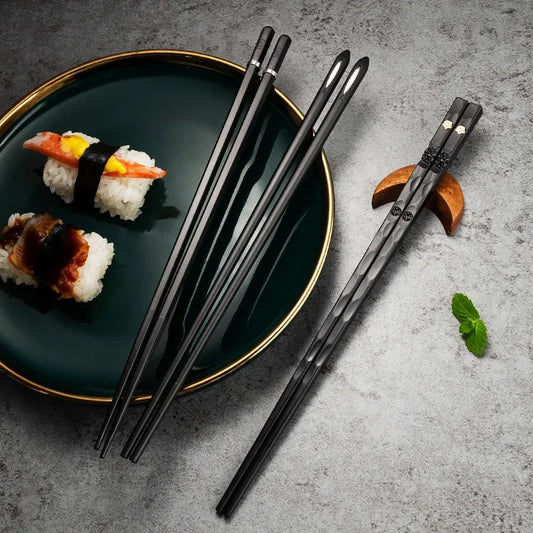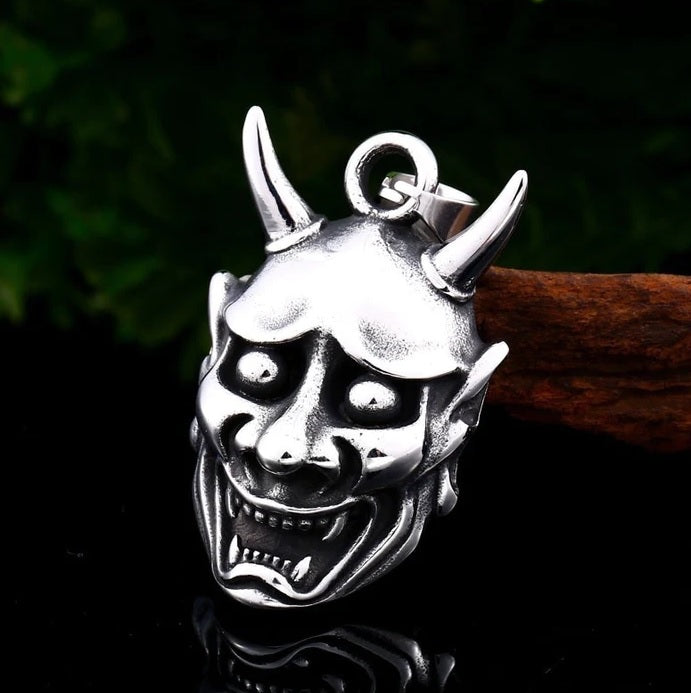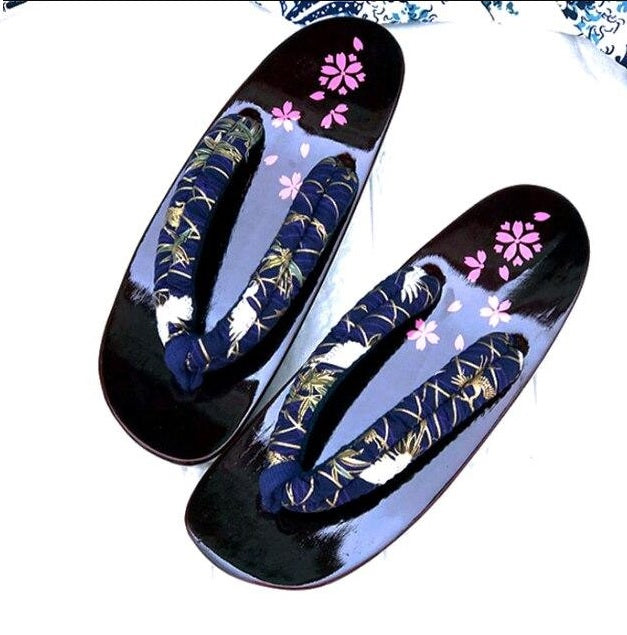What Are Japanese Chopsticks?
Japanese chopsticks are utensils used for eating food in Japan. They're like two small sticks that you hold between your fingers to pick up food instead of using a fork or spoon. But they're more than just tools for eating – they're a big part of Japanese culture.
How Are Japanese Chopsticks Made?
Making Japanese chopsticks is a craft that involves careful skill and attention to detail. Here's how they're typically made:
Choosing Materials:
First, artisans select the materials they want to use for the chopsticks. Common materials include wood, bamboo, and sometimes even metal like silver or gold for special designs.
Shaping the Chopsticks:
Once the materials are chosen, they're carefully shaped into thin, long sticks. This is usually done by hand, using tools like knives or small saws to carve and shape the wood or bamboo into the right size and shape for chopsticks.
Adding Designs:
After the basic shape is formed, artisans may add designs or patterns to the chopsticks. This can involve carving intricate designs into the wood or bamboo, or decorating them with paint, lacquer, or other materials. These designs often have special meanings or symbols that are important in Japanese culture.
Finishing Touches:
Once the chopsticks are shaped and decorated, they go through a process to smooth out any rough edges and make sure they're comfortable to hold. This might involve sanding them down or applying a protective coating to keep them looking nice for a long time.
Quality Check:
Before they're ready to be sold, each pair of chopsticks is carefully inspected to make sure they meet high standards of quality and craftsmanship. Any imperfections are fixed, and only the best chopsticks make it to the final stage.
Packaging:
Finally, the finished chopsticks are packaged up and prepared to be sent out to customers. They might be placed in special boxes or sleeves to protect them and make them look nice for presentation.
Making Japanese chopsticks is a labor of love, with artisans putting their skill and creativity into every pair. Whether they're simple and plain or adorned with beautiful designs, each pair of chopsticks is a work of art that adds a special touch to any meal.
Using Japanese Chopsticks: Easy and Elegant
Indulge in the artistry of Japanese dining with our exquisite collection of chopsticks, designed for both comfort and sophistication.
Comfortable Design:
- Japanese chopsticks are made to feel good in your hand.
- They're lightweight and easy to hold, even for beginners.
Elegance in Dining:
- In Japan, using chopsticks is part of the dining experience.
- They make meals feel special and add a classy touch to any table.
Versatility:
- Chopsticks aren't just for sushi – they're used for all kinds of food.
- From noodles to rice, they make eating a breeze.
Cultural Connection:
- Using chopsticks connects you to Japanese culture and traditions.
- It's a fun way to learn about a different way of eating.
Try Them Out:
- Don't be afraid to give chopsticks a try!
- With a little practice, you'll be a pro in no time.
Using Japanese chopsticks isn't just about eating – it's about enjoying food in a whole new way. So next time you're at the table, why not reach for the chopsticks and add a touch of elegance to your meal? And while you're at it, don't forget to explore our other collections, from traditional Japanese Hanya Masks to stunning tea sets, to elevate your dining experience even further!
FAQs About Japanese Chopsticks
Why are Japanese chopsticks usually tapered at the ends?
- Japanese chopsticks are tapered at the ends to provide better grip and precision when picking up food. The pointed tips make it easier to handle small or slippery items like grains of rice or fish.
What materials are commonly used to make Japanese chopsticks?
- Traditional Japanese chopsticks are often made from wood, bamboo, or lacquered materials. However, modern chopsticks can also be crafted from metal, plastic, or even ceramic.
Are there different chopstick etiquette rules in Japan?
- Yes, chopstick etiquette is important in Japanese culture. For example, it's considered rude to stick chopsticks upright in a bowl of rice, as it resembles a funeral ritual. Also, passing food directly from one pair of chopsticks to another is associated with funerals.
Why do some chopstick sets come in pairs of different lengths?
- In Japan, it's common for chopstick sets to include one longer chopstick and one shorter chopstick. This is because the longer chopstick is meant to be used by the dominant hand for picking up food, while the shorter one is held in the non-dominant hand for stability.
Can I use Japanese chopsticks for all types of cuisine?
- While Japanese chopsticks are designed primarily for Japanese cuisine, they can be used for a wide range of dishes from various cultures. Their versatility makes them suitable for picking up everything from noodles and sushi to vegetables and meats.
How do I clean and care for Japanese chopsticks?
- It's best to hand wash Japanese chopsticks with mild soap and warm water, then dry them thoroughly. Avoid soaking them for extended periods or putting them in the dishwasher, as this can damage the wood or other materials. Additionally, store them in a dry place to prevent warping or cracking.
